Mario Cristobal’s Calling
November 13, 2021. The Miami Hurricanes did what they’ve done for the better part of two decades. Play infuriatingly poor football, have enough explosive plays to somehow be in a position to win, and blow the game anyway.
But this felt different. Losing to that Florida State team was clearly unacceptable to the fan base. But to the administration? In the past, coaching retention decisions were made based on what the administration felt they could get away with versus what was necessarily in the best interest of the program. The Miami Hurricanes football program had reached a low point, with Manny Diaz somehow managing to win just enough to convince the higher-ups to keep him, while also blowing a game just to make sure all fans would lose any semblance of hope. This felt different because it was the end of the program.
That is a version of this story that I’m happy I’m not writing, a reality we’re thankfully not living.
The school had had enough, and Blake James, and eventually Manny Diaz, were shown the door.
The Long Kiss Goodnight
The last 6 months of frenetic recruiting and hiring successes obfuscate the slow, deliberate way in which the Canes conducted themselves, at least publicly. When the history of the upcoming Miami Hurricanes Renaissance is written, it will describe a tale of the Hurricanes zeroing in on their coach, and landing the only real choice. And that much is true, from a certain point of view.
But the long wait, the consternation about Diaz potentially being retained…that was real. The anxiety of those days, easy to forget in the glorious present, was palpable at the time. From November 27th to December 6th…the fans waited. While the wait felt interminable, the feeling could have turned into reality had Diaz continued. The school was mum on Diaz’s future, and the former Miami Hurricanes’ coach filled the vacuum with hashtags and hot air, stirring up toxicity in a bid to retain his job.
But then December 6th happened. A day that changed the trajectory of the University of Miami.
The Native Son
Mario Cristobal embodies Miami. There is a drive and intensity about him that is a throwback to his own playing days.
A Miami native, he went to the University of Miami, and had stints there as a both a graduate assistant and an assistant coach. And then he got his first head coaching job, also in Miami, at Florida International University.
Not enough is said about the job Mario Cristobal did for FIU. He took over a program that had won 5 games in total in 5 seasons, and in 2 years, had them in a bowl game. But one backslide and he was out of a job, and landed at a familiar place, at home in Coral Gables.
But the thing is Miami had changed. The year was 2013 and Al Golden held a near tyrannical hold on the Athletic Department. This was not the Miami that Cristobal remembered from his playing days. While perhaps not dead, the program was in hibernation. Cristobal spent 6 weeks on Golden’s staff, and when the greatest coach in college football history comes calling, he made a decision that was easy on paper, but incredibly difficult in reality.
Miami is Home
The “easy” decision turned out to be anything but.
Even while observing the disaster that was the Golden Era from inside. Even with the allure of going to work for Nick Saban.
Because Cristobal knew what he would be risking. Leaving Miami was one thing, but in an era where fealty to Al Golden was valued above all else, this native son of Miami knew he might never get another chance to work at the school he loved, replete with knowledge that this version of Miami would shun an alum in favor of an interloper who was using the program as a stepping stone. He might never be able to go home again.
In a more sane time, Cristobal could have gone to Alabama comfortable with the knowledge that he could return to Miami a better coach. But in 2013, he knew that leaving would paint him with a scarlet letter. What would you do? Leave the program you love and potentially never be able to return? Or help participate in the downfall and failure you know is coming, contributing to the failure itself, deluding yourself into thinking you can mitigate the incoming disaster?
Sometimes, you have to leave home, and that’s what Cristobal did. And predictably, he spent almost a decade as person non grata at Hecht. It’s safe to say without making that decision, Cristobal would not be the head coach today.
I’m reminded of the Great American hero Virginian George Thomas. Most Virginians sided with the Confederacy at the outbreak of the Civil War. The Lost Cause narrative spilling out of that war whitewashed and deified Virginians such as Robert E. Lee and Stonewall Jackson, while largely ignoring or outright shunning those that did the right thing, like Thomas. To this day, Thomas is a hero in Washington, DC and a pariah in Virginia. He had to make a decision, to side with his home state and participate in something that was not only destined to fail, but awful in its cause, or to fight for the United States, and hasten the end of this dark period. He chose the latter. So did Cristobal.
Cristobal Chose Wisely
Mario Cristobal was always going to have to be the one to save Miami. And in order to do that, he had to leave. He knew that. Staying in Miami, remaining with that toxic program, would not only stain him, but would also not allow him to grow in a manner that would ultimately put him in a position to succeed here.
We are all the sum total of our collective experiences, our successes and failures. Greatness isn’t born, it’s forged. And through Alabama and Oregon, Cristobal broadened his horizons. He became a better coach. More exacting, more precise, more demanding. He took over a largely broken Oregon program and took it to two New Year’s 6 bowl games in 4 years, including a Rose Bowl victory.
The irony in late November and early December of 2021 was how the local view of a potential Cristobal hire so heavily diverged from the national narrative, while both still coalesced around a collective lack of belief.
For battered Miami fans, the question was simple. Would they really fire Manny Diaz and outlay the funds needed to bring in Cristobal? As Diaz’s public relations campaign dominated the local narrative, doubt crept in.
As far as the national media was concerned, they never miss an opportunity to denigrate the University of Miami. Every talking head rushed to find any outlet they could to offer up the opinion that Cristobal would be a fool to go to Miami and that there was no way he would take the job.
El Destino Cristobal
For Miamians, the possibility of Cristobal being offered the job with a reasonable salary and refusing to take it was unthinkable.
The University of Miami is different, as is the city as a whole. It’s a melting pot of people that were born there or made their way there, eventually called it home. Miami never leaves you even if you leave it. There is a draw, like a magnet pulling Miamians home. A klaxon alerting the sons and daughters of the 305, sometimes faintly, sometimes loudly, but ever present.
The irony of the private university in Coral Gables embodying the true Miami is not lost on any of us. And yet the University serves as a symbol of hope and pride for the community, not just because it represents us, but because it is where Miamians go to do big things, as Miamians. And this community has spent decades suffering, wanting our native sons to succeed, watching them collapse under the litany of false dawns and repeated failures. And yet, it still draws us in, draws us home, not because of the football, or the bravado, or the locale, but for what it symbolizes.
The U is the symbolic manifestation of the hopes and dreams of a Tri-County area on the Southeast tip of Florida. When those players run out through the smoke, they carry the weight of all the inner city boys that look up to them, hoping to be there one day. They carry the weight of the legacy of a program that reached heights before HDTV was ubiquitous. They know the price of success and failure.
And they know it’s been decades since the program has fulfilled the promise of Miami.
For Miamians, being acutely aware of the enormity of the task at hand does not equate to being deterred by the seemingly insurmountable obstacles. On the contrary, those challenges only harden the resolve. You tell any Miamian that he or she has the opportunity to rescue this dormant program, restore it to past glory, lift up the South Florida community, instill pride in a forlorn program, and the answer will always be to rise up and meet that challenge.
No, the question was not whether Cristobal would say yes, it was whether the question would be asked.
On December 6, the University of Miami sent for Mario Cristobal. The home land called up their best general to guide the troops to ultimate victory. And the call was answered.
Cristobal has been preparing for this his whole life, his life’s work leading to this moment, coming to the rescue when his home needs him the most.
The rough patches are not over. There will still be struggles, frustrating losses, moments of doubt. Such is football. Such is life. Cristobal’s hiring does not signify the end of that pain, as there are still miles to go before we sleep.
Cristobal’s hiring is not even the beginning of the end. But it is, perhaps, the end of the beginning.
The Prodigal Son has returned home.
Vishnu Parasuraman is a journalist for @FiveReasonsSports. He covers the Miami Hurricanes for Sixth Ring Canes and Formula 1 for Hitting the Apex. You can follow him on twitter @vrp2003
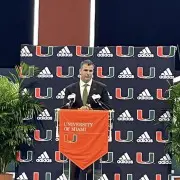
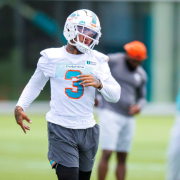


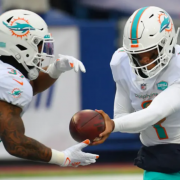


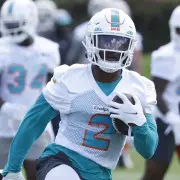
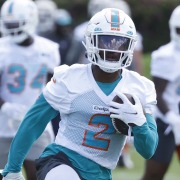

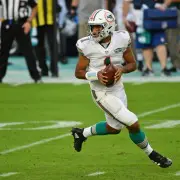
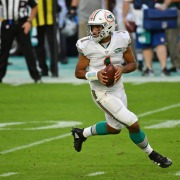
 Staple play action concept – all over Shanahan/McVay offenses
Staple play action concept – all over Shanahan/McVay offenses 121 completions (5th)
121 completions (5th)

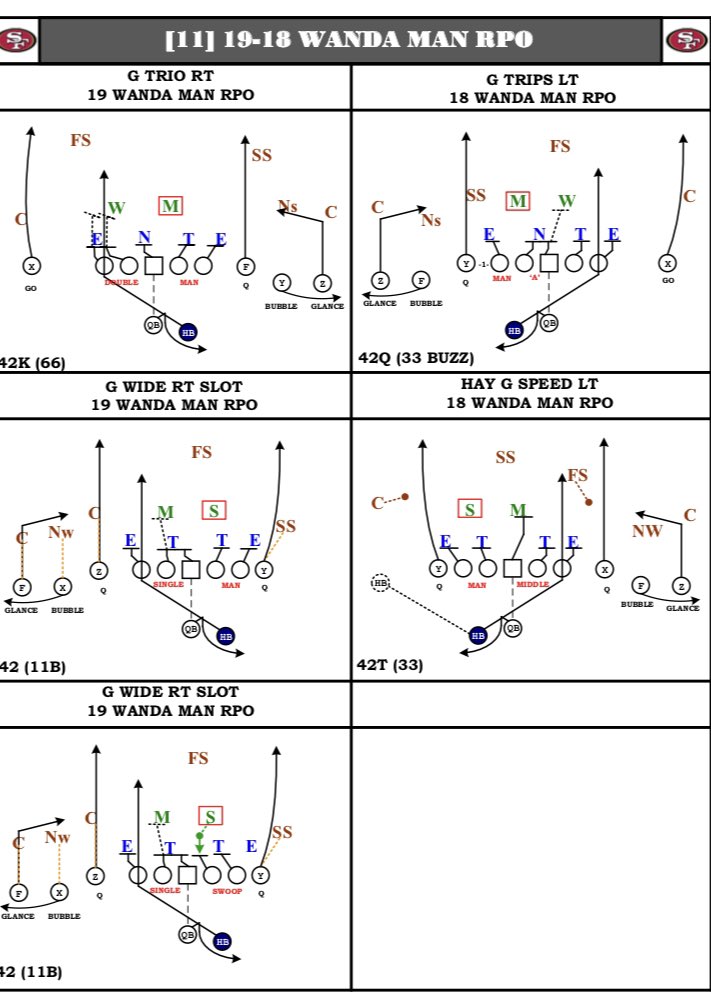
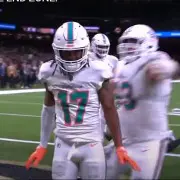
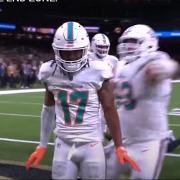
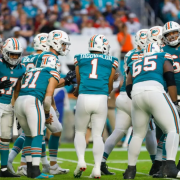
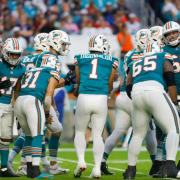
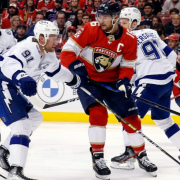
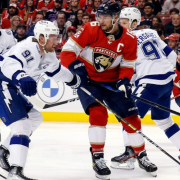
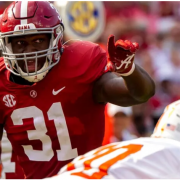
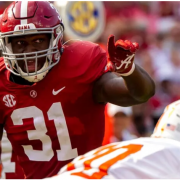


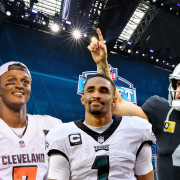
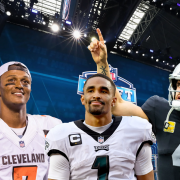

 : NFLN/FOX/ESPN
: NFLN/FOX/ESPN